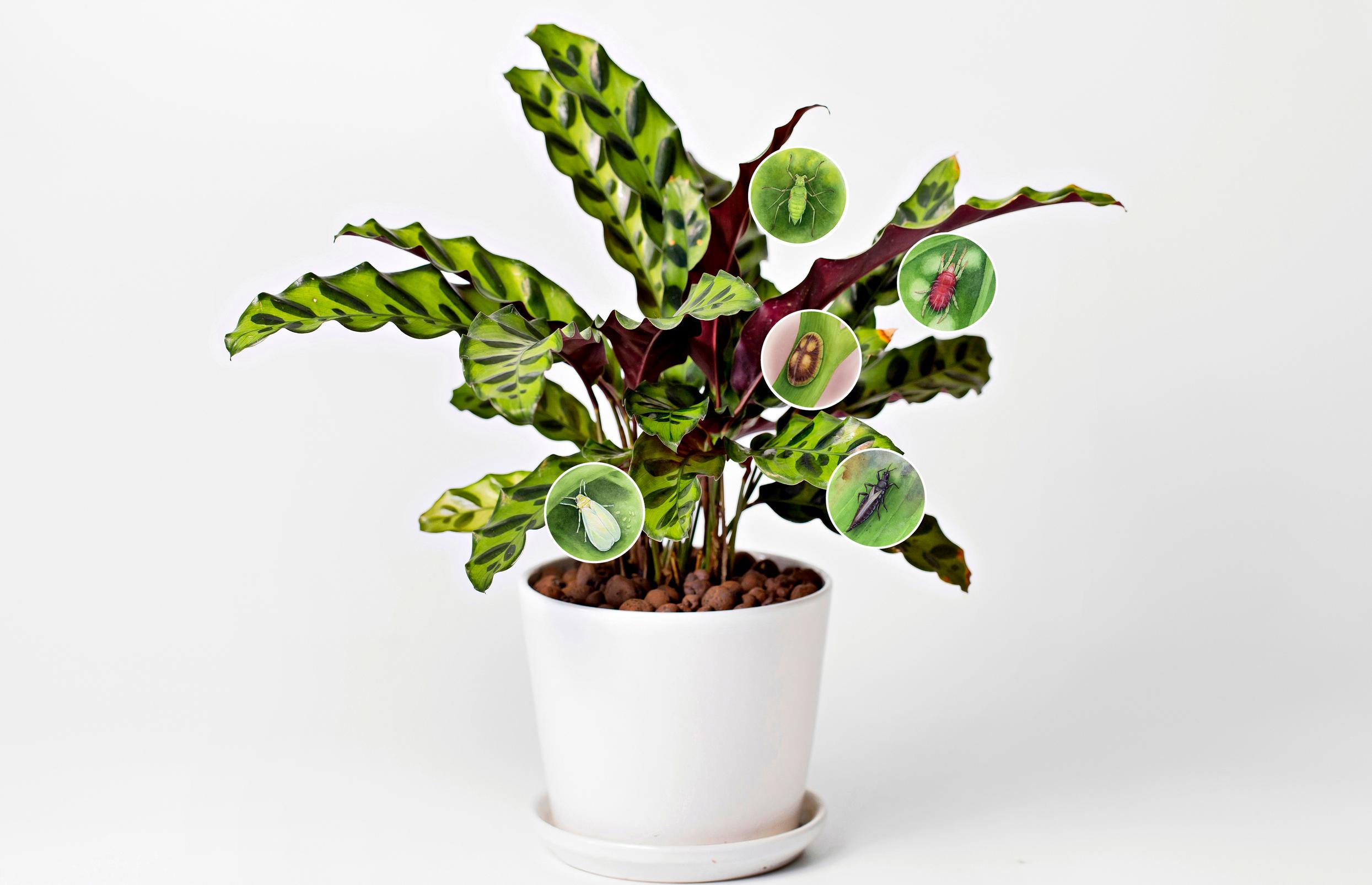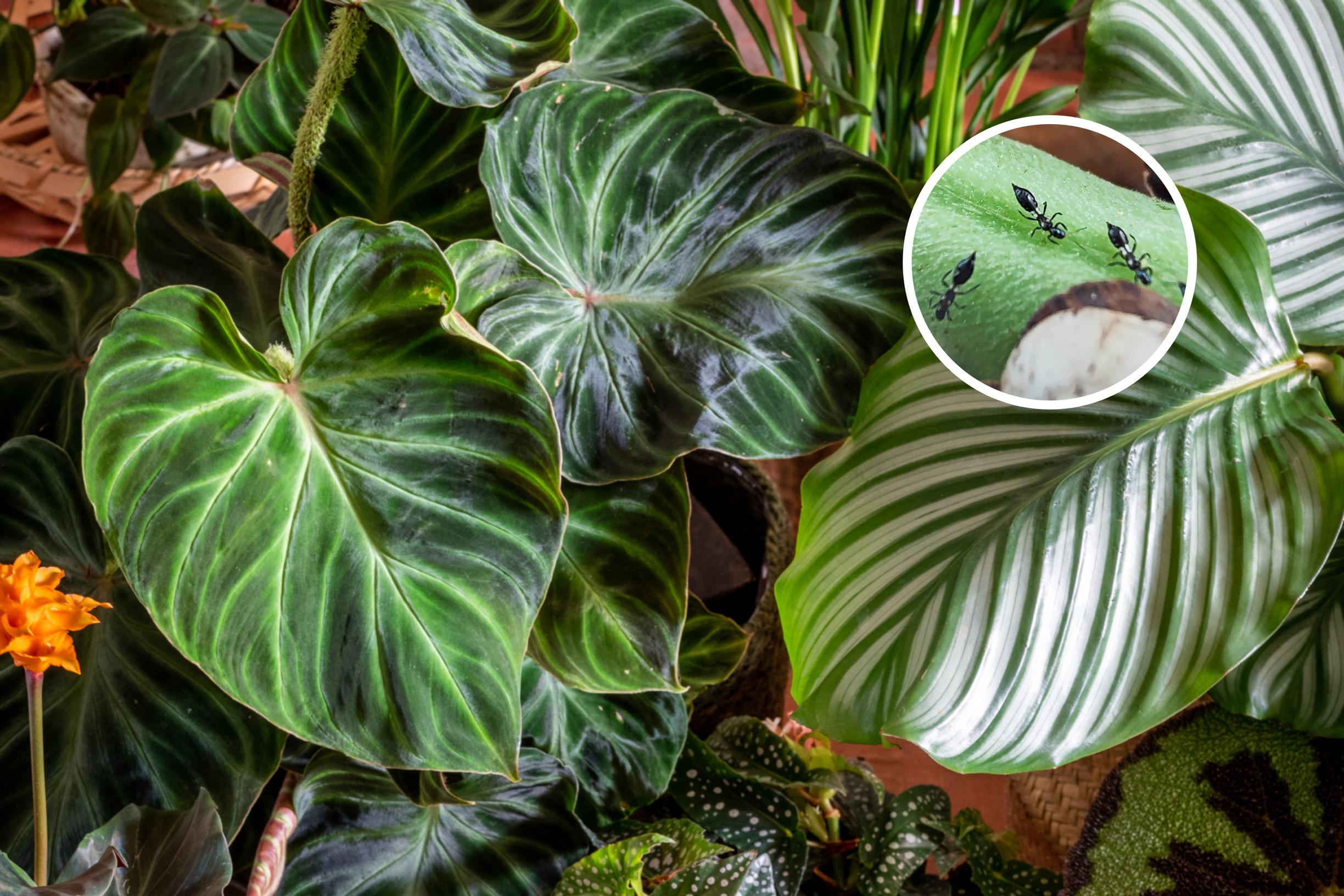
Welcome home, bugs: how beneficial insects keep houseplants thriving
How do you know which beneficial insects you need, can you slip up during the process, and could the bugs you introduce stay in your home? We asked 16 practical questions about the biological control of houseplant pests. Our interviewee is horticulturist specialized in garden management, Katrianna Leino of Biotus, who raises and sells beneficial insects in Finland.
Why choose biological pest control instead of chemical pesticides?
In biological pest control, we use organisms found in nature. It’s safe for people and pets. If the plants are edible, there’s no waiting period before handling or consuming them, unlike with some pesticides. Pests also don’t develop resistance to beneficial organisms, whereas with repeated use of plant protection chemicals thrips, for example, might become resistant. And these organisms can get into the tiniest parts of the plant, where it can be tough to apply pesticides.
Can all houseplant pests be controlled biologically?
For all the most common houseplant pests, there is a natural predator that can be produced and sold. If imported plants come with insects that don’t exist in Finland, there might not be a predator for them either. Beneficial organisms must be registered and approved by the local authority, so we don’t necessarily have all the same beneficials on the market here as, say, in the United States.
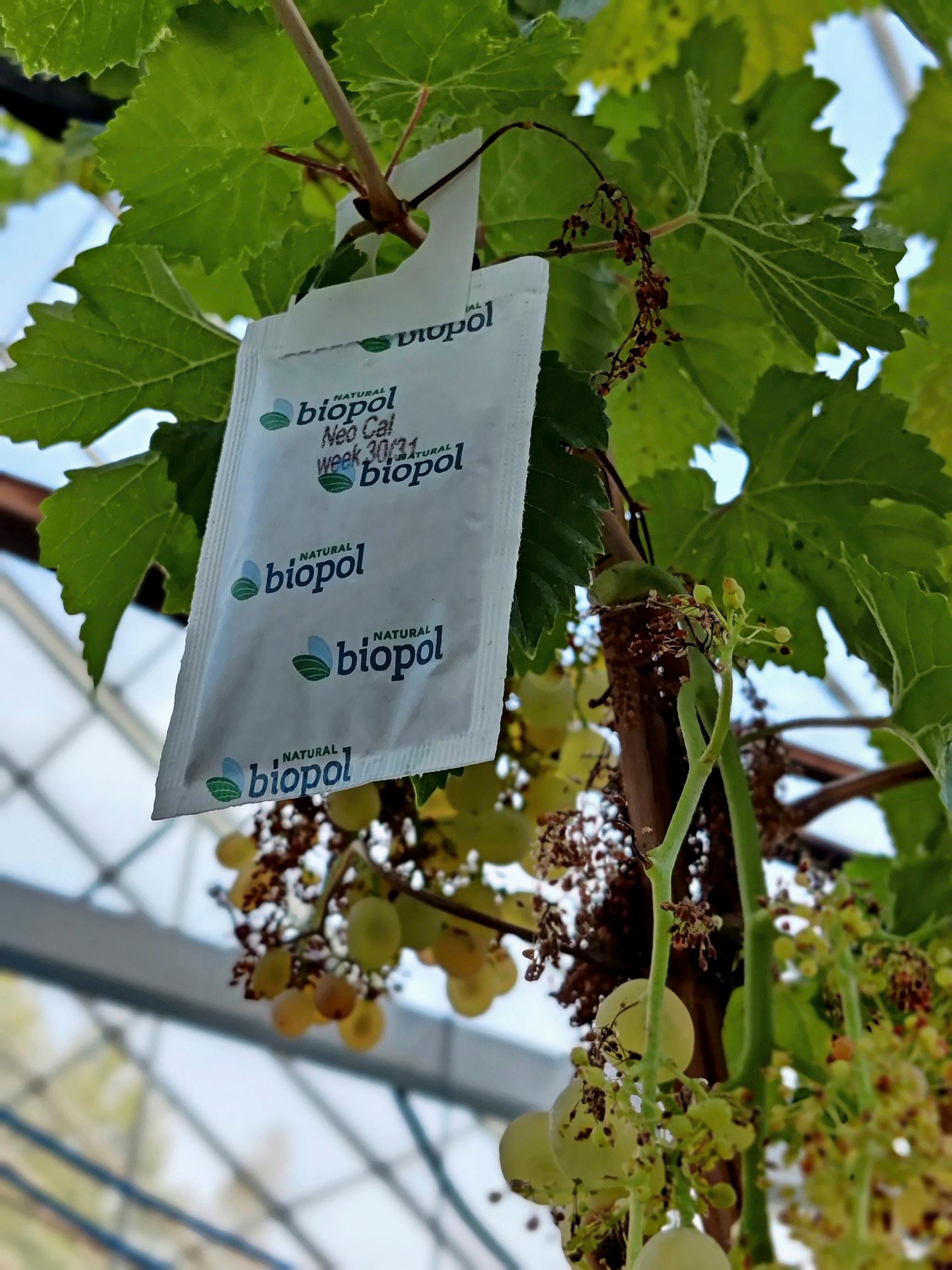
Does the space the plants are in affect the success of pest control?
The environment does affect whether pest control succeeds, but it’s generally worth trying regardless. If you’re using flying beneficials in a large open space, for instance mealybug ladybirds might not stay on the plant but instead fly up to the ceiling. You can use a row cover hood or a perforated plastic bag. You could also move the plant to a smaller enclosed area. If the beneficials don’t fly—for instance, predatory mites—an open space won’t bother them.
How do you know you’ve ordered the right beneficials?
You must always identify the pest first, because each pest has its own specific beneficial. There is no single universal predator that will devour them all. Sticky traps help with identifying flying pests. You should also check the leaves and especially their undersides with a magnifying glass. The plant’s symptoms can also help identify the pest: what kind of damage does the plant show, is there any webbing or honeydew?
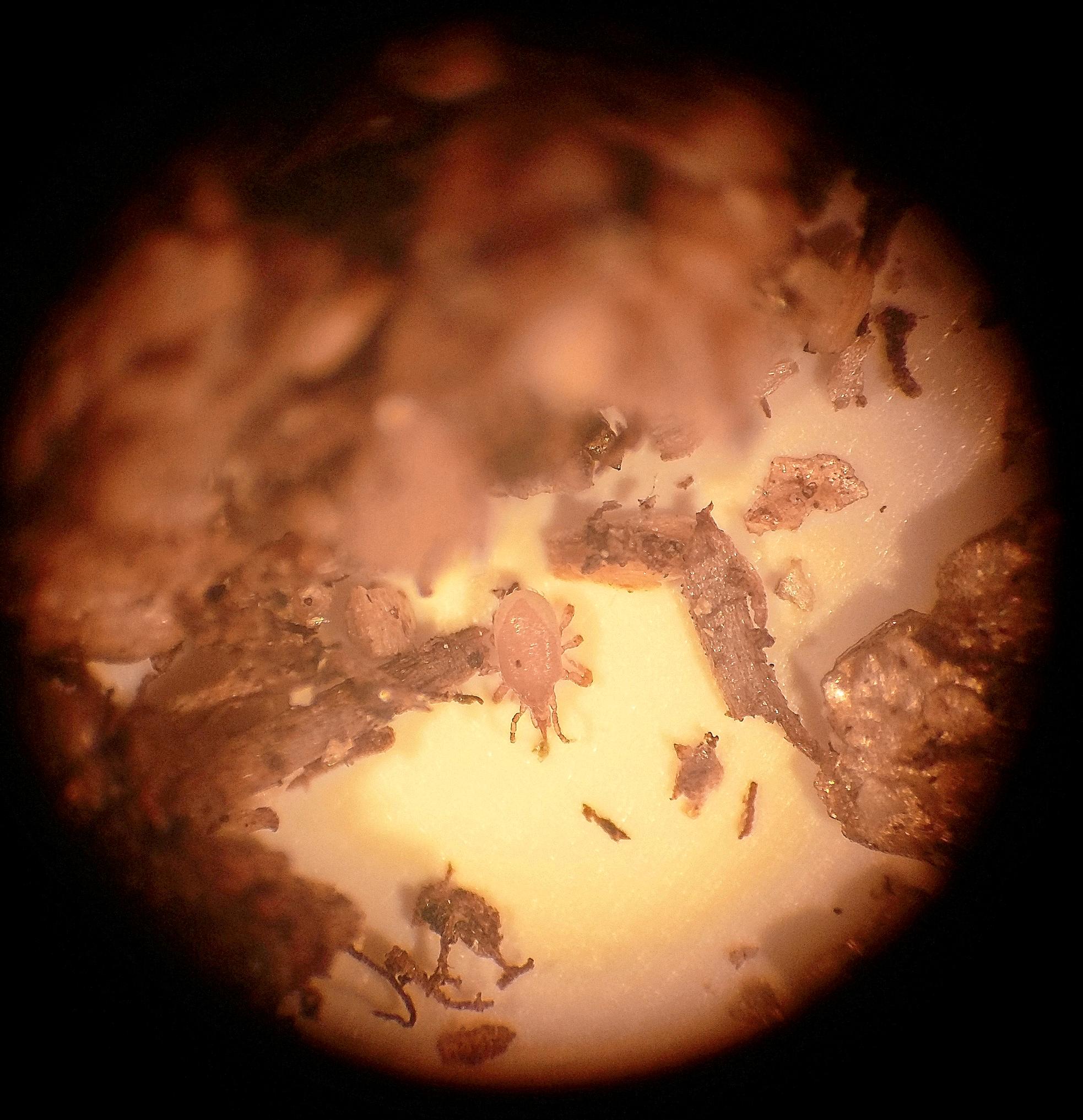
How many do you need?
For home growing, application rates are only guidelines because conditions vary, unlike in commercial greenhouses. Also, it matters how widespread the infestation is—are there a lot of pests, or just a few? For instance, if you’re using predatory mites, plan a pouch for each larger plant. For smaller plants, one pouch can cover between two and ten plants, as long as their leaves touch so the mites can move between them. Pouches are sold in sets of ten, which is our smallest package size and generally enough for a home environment. Sometimes a single application is enough, but sometimes you need to reapply.
Is it a good idea to gather all your houseplants in one room before you let the beneficials get to work?
It depends on the situation. If, for example, you have thrips in plants upstairs in a large house but not downstairs, grouping them might just spread the thrips. However, placing the plants in one room together can be smart if they’re already in that single room.
How do you apply the beneficials to the plants?
The application method depends on the organism. In general, you place them where the pests are. For example, fungus gnat predatory mites go into the growing medium because that’s where fungus gnat larvae are. Thrips predators, such as cucumeris and neoseiulus cucumeris mites, can be hung in pouches among the foliage if thrips are there. You can also distribute mites directly onto leaves with the carrier material, such as wood shavings, that comes in the package. Meanwhile, nematodes used against fungus gnats are added to the watering can.
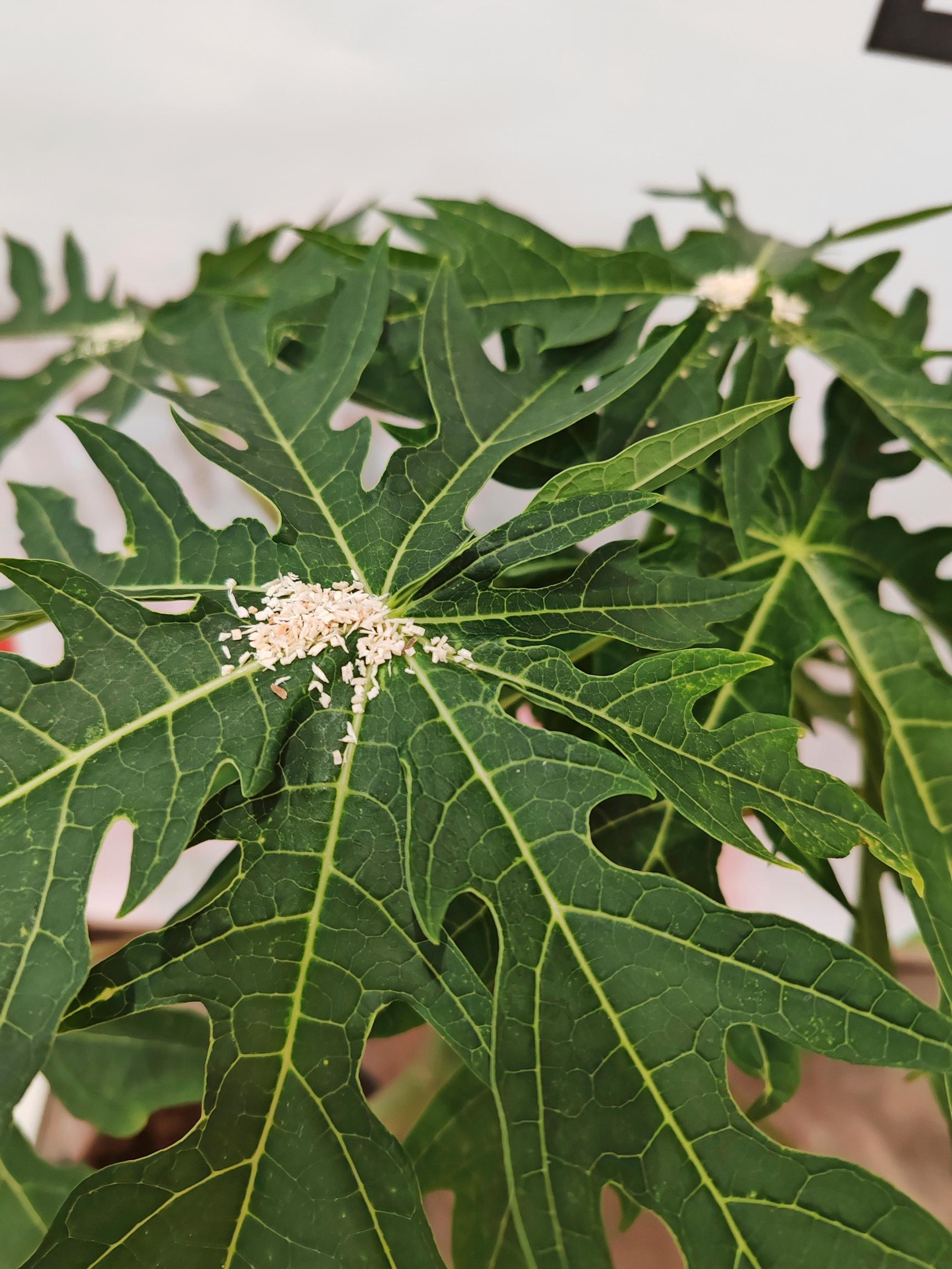
Should I keep the room closed so the beneficials don’t escape?
It can make sense if you’re using flying beneficials such as orius bugs to fight thrips or two-spotted ladybugs to fight aphids. Some people place the plants in the bathtub for a few days. But don’t move them to a completely dark room, because many beneficials need daylight to function.
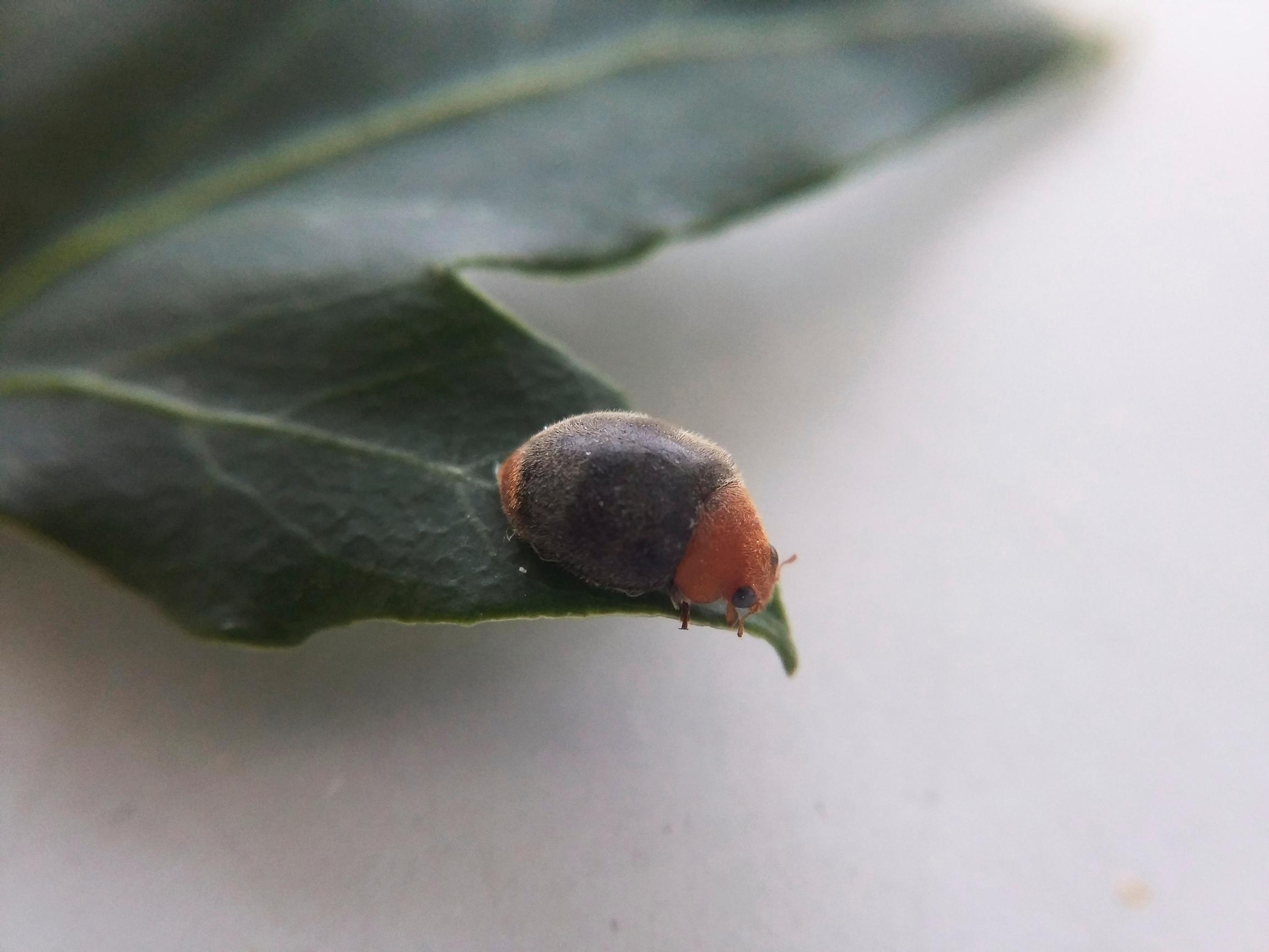
How do I know that control has worked?
You won’t see the effect of biological control until about two weeks after application. Before that, the pest population might even increase slightly. Keep an eye on the plants, and after two weeks do a thorough check to see if pests are still present and if the plant is producing healthy new growth.
Should I water the plants normally while the control is in progress?
Yes, you generally can. However, if you’re distributing organisms onto the surface of the growing medium—like fungus gnat predatory mites—it’s best to water beforehand and then wait a few days so you don’t wash away the mites. We also recommend lightly misting the foliage with water. It raises humidity around the plant and helps the beneficials thrive.
Is there a way to mess up pest control?
Yes, things can go wrong. If you identify the pest incorrectly, you’ll use the wrong beneficials and won’t get results. If you notice the pest too late, the plant might already be in poor condition, so the beneficials can’t get on top of the pest population. Another big issue is pesticide residue on the plants—if you’ve recently used a pesticide, there’s a waiting period before applying beneficials. For most products sold in Finland, the waiting period is about a week, but it can be 4–8 weeks depending on the active ingredient. Also, strong chemicals used at home, such as hairspray, can harm beneficials.
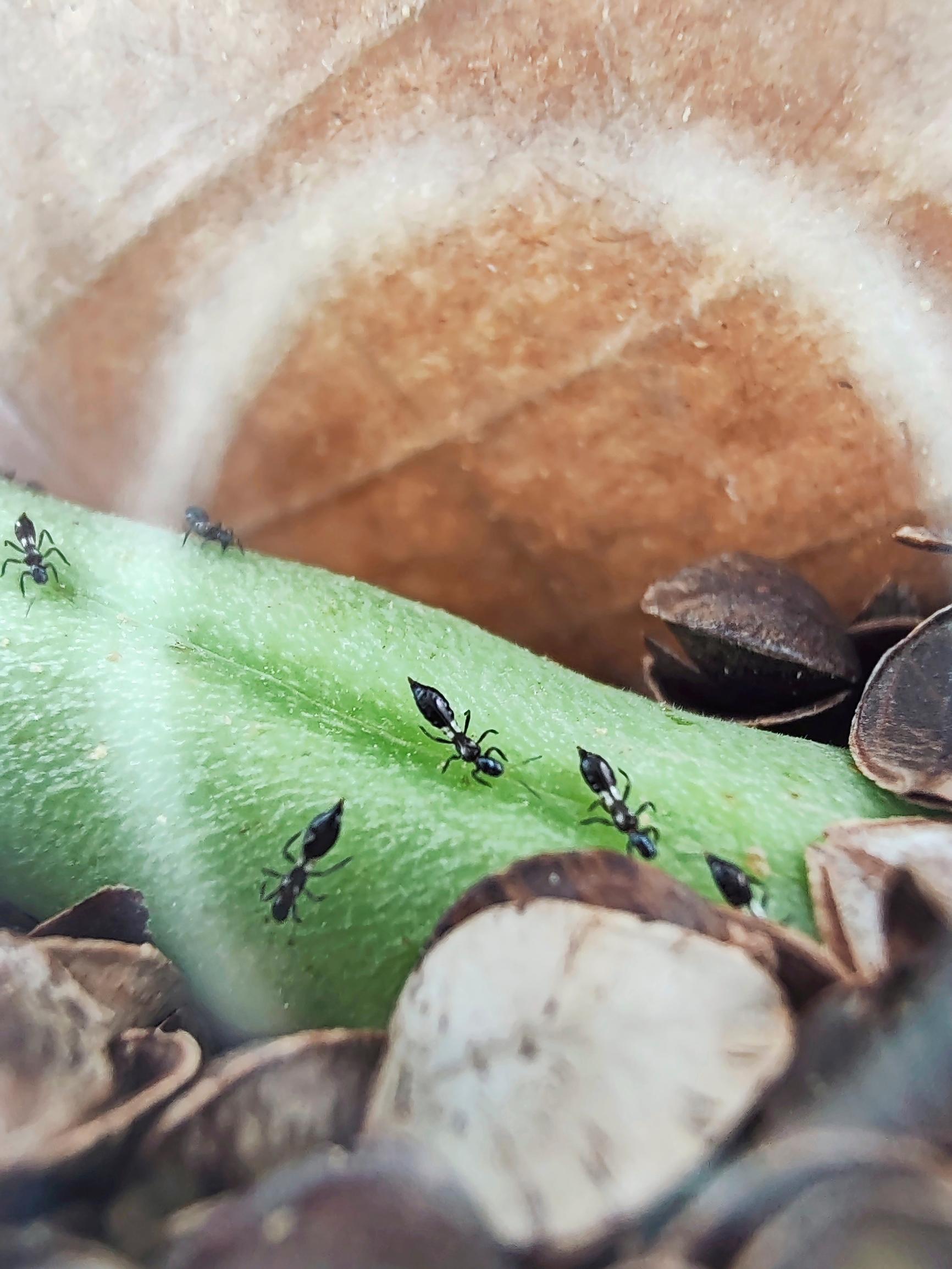
Can the beneficials end up staying in your home after the pests are gone?
They won’t form a permanent population; they’ll die off once they run out of pests to eat.
If you frequently bring new houseplants home, should you do preventive biological control once a year?
We always recommend isolating new plants so they’re kept in a separate room, away from your other plants, for several weeks. If pests appear, you can address them only on the new plants. Preventive control might make sense if you have a very large number of plants and frequently buy more, but for most people, regular monitoring is enough. It’s best to include monitoring in your care routine: when you water, take a moment to check the underside of the leaves with a magnifying lens.
Have you encountered any misconceptions about biological pest control?
For many, the word “mite” can be problematic because they associate it with ticks that bite humans, for example. We explain that they’re entirely different creatures, microscopic and naturally present everywhere. Some people still prefer strong chemical sprays and doubt whether biological control works, but that’s becoming less common. Most people who have learned about it prefer biological solutions.

